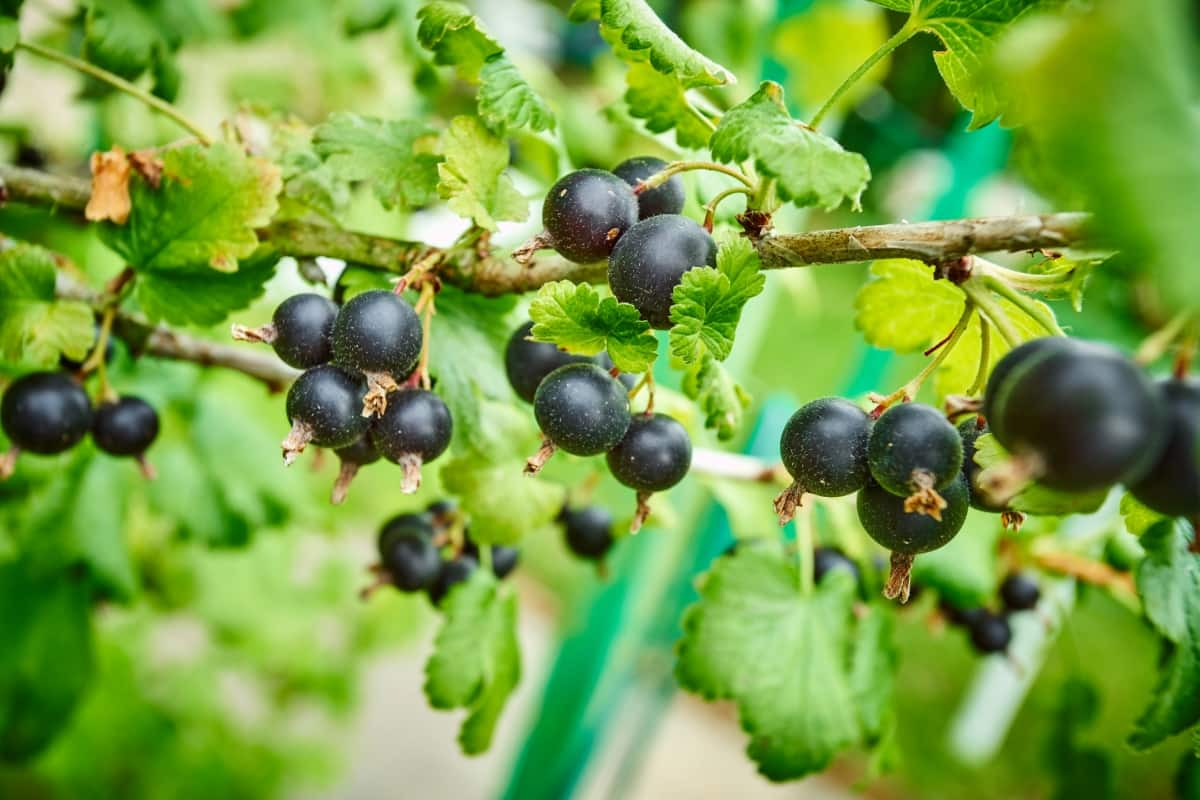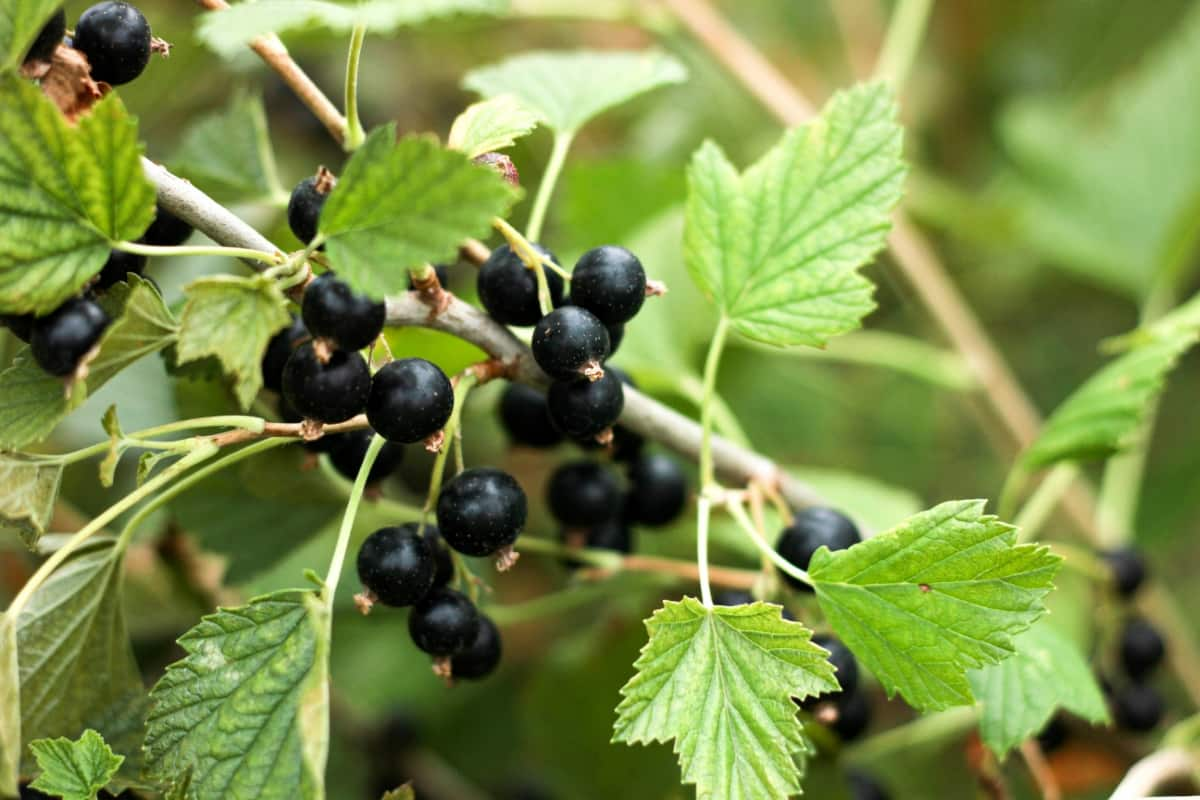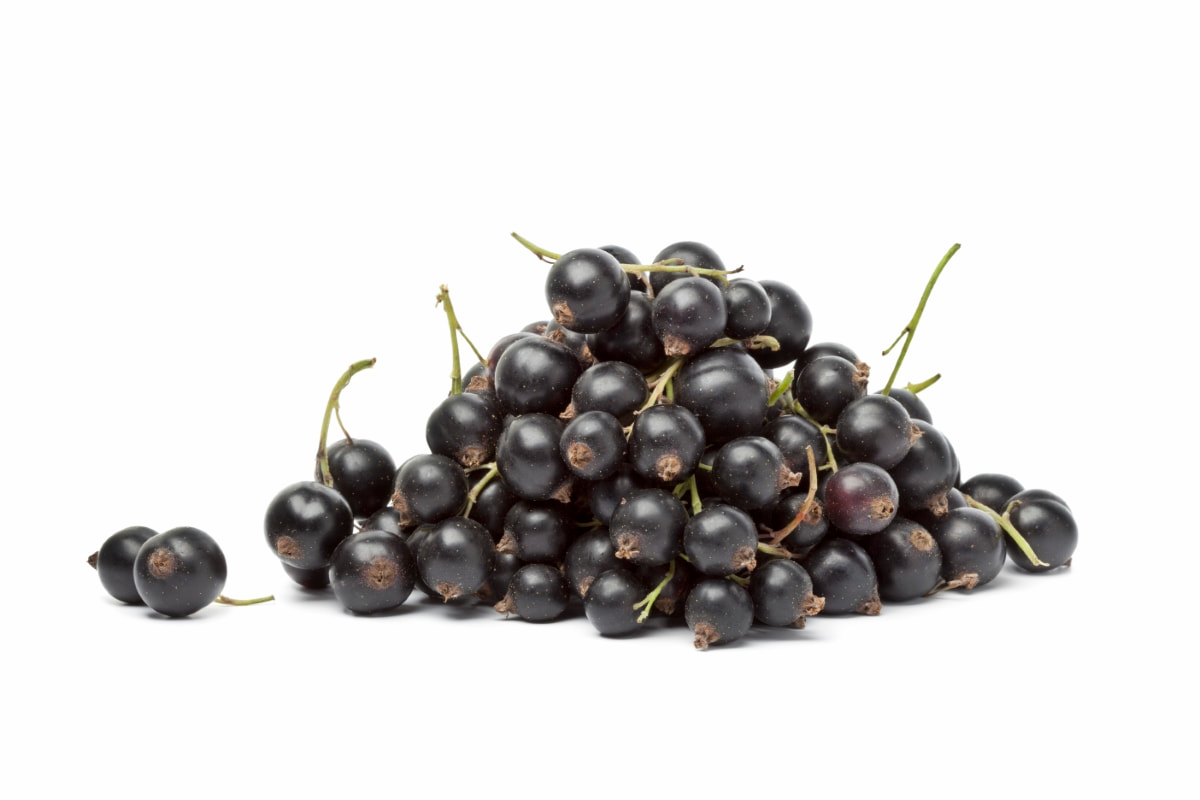Exploring the economics of Blackcurrant production reveals a complex interplay of costs and revenues. This article dives into the topic of 1-acre Blackcurrant farming, dissecting the cost structure, revenue streams, and profitability. The project report of Blackcurrant farming provides a comprehensive overview, considering both direct costs like planting and indirect costs such as labor.

The profitability in Blackcurrant farming and the return on investment (ROI) are critical for farmers, guiding decisions around cost reduction and optimizing 1-acre Blackcurrant farming profit. Insights into 1-hectare Blackcurrant production profit also offer a broader perspective for larger scale operations.
Blackcurrant Farming Project Report
What Factors Effect the Costs and Profits of Blackcurrant Farming
Several factors influence the costs and profits of Blackcurrant farming. These include climatic conditions, soil quality, and market demand, significantly impacting yield and selling price. Technological advancements and farming practices also play a crucial role in managing expenses and enhancing productivity. Variations in labor costs, input prices, and pest and disease prevalence further affect the economic outcomes. Understanding these variables is essential for effective planning and forecasting in Blackcurrant agriculture.
Cost Structure of Blackcurrant Production for 1 Acre
The cost structure of Blackcurrant farming encompasses various expenses. Land preparation ranges from $800 to $1,500 per acre, a crucial step for a favorable growing environment. Planting material costs between $3,500 and $5,500 per acre, forming a significant portion of the initial investment.
Fertilizers and soil amendments, essential for plant health, cost around $400 to $600 per acre. Irrigation, pivotal for crop sustenance, requires an investment of $700 to $1,200 per acre. Pest and disease control, crucial for yield protection, also demands $400 to $600 per acre. These components collectively shape the financial framework for Blackcurrant cultivation.
Initial Investment for 1 Acre Blackcurrant Farming
The initial investment for 1-acre Blackcurrant farming is considerable, primarily driven by the cost of planting material and land preparation. These initial costs lay the foundation for a successful crop but require substantial upfront capital. The range for planting material ($3,500 – $5,500 per acre) and land preparation ($800 – $1,500 per acre) indicates the significant variation based on quality and specific requirements. This investment sets the stage for the forthcoming operational expenses and eventual profitability.
Variable Costs in 1 Acre Blackcurrant Farming
Variable costs in Blackcurrant farming include expenses that fluctuate with the production level. Fertilizers and soil amendments, costing between $400 and $600 per acre, vary depending on soil health and nutrient requirements. Pest and disease control, another variable expense, requires $400 to $600 per acre, depending on the prevalence of pests and diseases. These costs are critical for maintaining plant health and ensuring a high-quality yield, directly impacting the farm’s profitability.
In case you missed it: 1-Acre Durian Farming Project Report: Economics for Profit and Cost

Fixed Costs in 1 Acre Blackcurrant Farming
Fixed costs in Blackcurrant farming comprise expenses that remain constant regardless of the farm’s production level. These include irrigation systems and miscellaneous costs, such as equipment maintenance and property taxes. Irrigation costs, ranging from $700 to $1,200 per acre, are essential for consistent crop growth. Miscellaneous expenses, costing between $700 and $1,200 annually, cover various unforeseen and operational costs. These fixed costs form a substantial part of the overall expense structure.
Yield and Revenue Potential in 1 Acre Blackcurrant Farming
The yield and revenue potential in Blackcurrant farming are promising. A typical yield ranges from 4 to 6 tons per acre. Considering a median selling price of $3 per pound, the revenue per acre can reach up to $30,000 (5 tons x $3 x 2,000 pounds). This significant revenue stream is contingent on achieving optimal yields and favorable market prices, highlighting the importance of efficient farming practices and market analysis.
Assessing Market Prices and Demand for Blackcurrant
Assessing market prices and demand for Blackcurrants is crucial for maximizing revenue. Prices range from $2.50 to $4 per pound, influenced by quality, demand, and market conditions. Understanding consumer preferences, market trends, and competing products helps in pricing Blackcurrants competitively while ensuring profitability. Market dynamics enable farmers to strategically plan their production and sales.
Evaluating Profitability and Return on Investment in 1-Acre Blackcurrant Farming
Evaluating profitability and return on investment (ROI) in 1-acre Blackcurrant farming involves analyzing revenues against the total costs. With revenue potentially reaching $30,000 and total costs ranging between $9,500 and $15,600 per acre, the profit per acre can be $14,400 to $20,500.
This calculation underscores the potential for a healthy return on investment, making Blackcurrant farming a viable and lucrative venture. However, these figures can fluctuate based on actual yields, market conditions, and operational efficiencies. Farmers must consistently monitor and manage their expenses while optimizing production to sustain high profitability.
How to Optimize Costs and Maximize Profits in Blackcurrant Farming
Several strategies can be employed to optimize costs and maximize profits in Blackcurrant farming. Efficient use of resources like water and fertilizers reduces expenses while maintaining yield quality. Implementing integrated pest management can minimize pest and disease control costs. Adopting modern agricultural techniques, such as precision farming, can enhance yield per acre, thereby increasing revenue.
In case you missed it: 1-Acre Breadfruit Farming Project Report: Economics for Profit and Cost

Diversifying revenue streams by exploring value-added products like Blackcurrant jams or juices can provide additional income sources. Regular market analysis helps adjust production according to demand, ensuring competitive pricing. Farmers can significantly improve the economics of Blackcurrant production by focusing on these areas, enhancing both profitability and sustainability.
Blackcurrant Production Costs and Profits in a Nutshell (1 Acre based)
| Item | Cost Range/Value |
| Land Preparation | $800 – $1,500 |
| Planting Material | $3,500 – $5,500 |
| Fertilizers and Amendments | $400 – $600 |
| Irrigation | $700 – $1,200 |
| Pest and Disease Control | $400 – $600 |
| Labor | $3,000 – $5,000 annually |
| Miscellaneous Costs | $700 – $1,200 annually |
| Total Costs | $9,500 – $15,600 annually |
| Yield (tons per acre) | 4 – 6 |
| Selling Price (per pound) | $2.50 – $4 |
| Revenue (average) | $30,000 (approx.) |
| Profit (per acre) (Total Revenue – Total Costs) | $14,400 – $20,500 |
Estimated Profit from 1 Acre and 1 Hectare Blackcurrant Farming
For 1 acre of Blackcurrant farming, the estimated profit ranges between $14,400 and $20,500. This calculation is based on the potential revenue of $30,000 (from 5 tons at an average of $3 per pound) minus the total costs, which range from $9,500 to $15,600. Scaling this to 1 hectare (about 2.47 acres), the estimated profit multiplies accordingly. Therefore, the profit for 1 hectare of Blackcurrant farming would be approximately $35,568 to $50,635, considering the same cost and revenue ratios.
Estimated Cost for 1 Acre and 1 Hectare Blackcurrant Production
The total costs for 1-acre Blackcurrant farming range from $9,500 to $15,600 annually. This includes all necessary expenses, including land preparation, planting material, fertilizers, irrigation, pest control, labor, and miscellaneous costs. When converting these costs to a 1-hectare basis, the figures scale up by approximately 2.47 (the number of acres in a hectare). Therefore, the estimated total cost for 1 hectare of Blackcurrant production would be approximately $23,465 to $38,532 annually.
In case you missed it: 1-Acre Water Apple Farming Project Report: Rose Apple Economics, Profit and Cost Analysis

Conclusion
Blackcurrant farming presents a promising agricultural venture with substantial profitability, where careful management of costs and optimization of production processes can yield significant returns on investment for both 1-acre and 1-hectare scales. With the right strategies and market insights, Blackcurrant cultivation can be a lucrative and sustainable agricultural endeavor.
- Feed Your Flock for Less: Top 10 Tips to Save on Chicken Feed
- Ultimate Guide to Ossabaw Island Hog: Breeding, Raising, Diet, and Care
- Hatching Answers: The Top 10 Reasons Your Chickens Aren’t Laying Eggs
- Eggs and Economics: Breaking Down the Cost of Raising Backyard Chickens
- Defend Your Greens: Proven Methods to Keep Iguanas Out of Your Garden
- Ultimate Guide to Cinnamon Queen Chicken: A Comprehensive Guide for Beginners
- Ultimate Guide to California Tan Chicken: Breeding, Raising, Diet, Egg-Production and Care
- Ultimate Guide to Marsh Daisy Chicken: Breeding, Raising, Diet, and Care
- 10 Types of Chicken Farming Businesses You Can Start for Profits